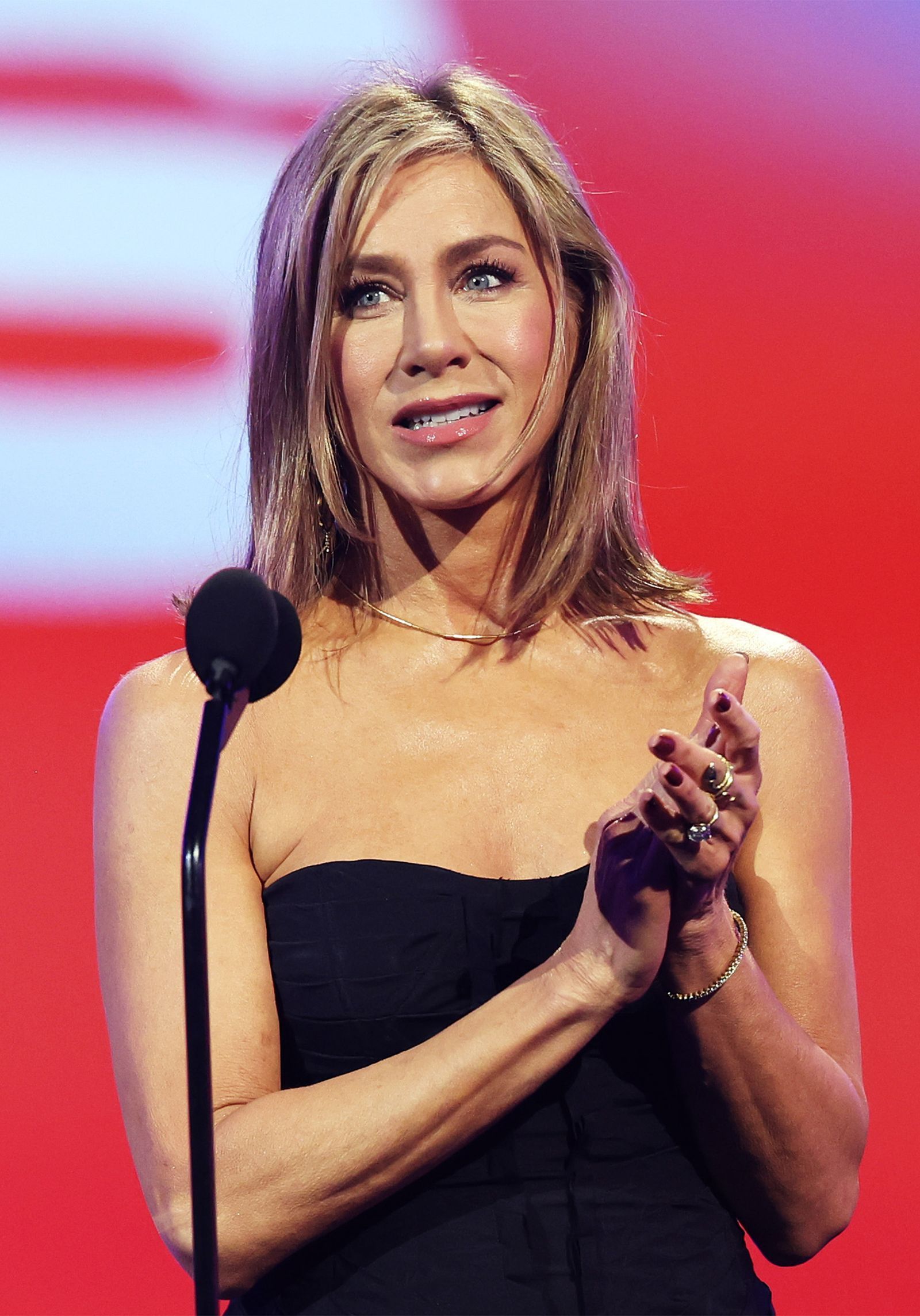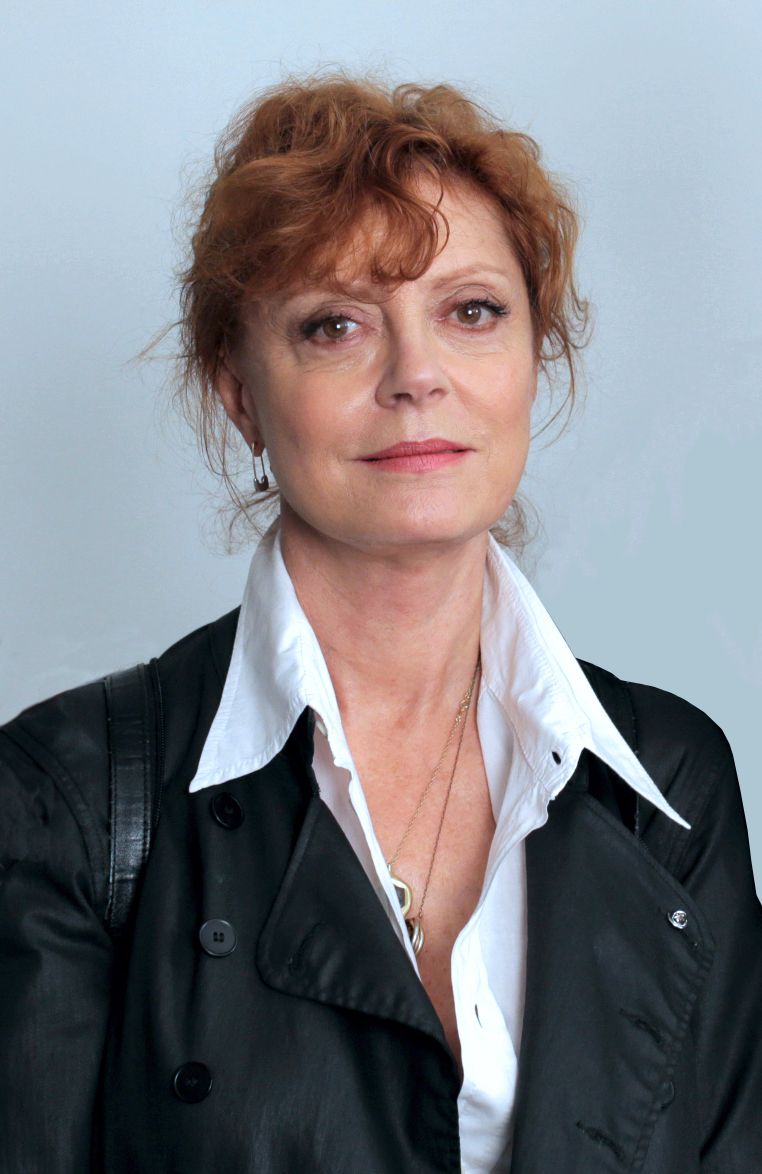
In the annals of Hollywood romances, few relationships have captivated the public imagination with the same blend of intellectual depth, unwavering commitment, and poignant individualism as that of Susan Sarandon and Tim Robbins. Their 23-year partnership, which spanned from the late 1980s through the close of the 2000s, was more than just a celebrity coupling; it was a testament to a shared worldview, a commitment to activism, and a distinctly unconventional approach to personal bonds that defied Tinseltown’s usual scripts.
From the moment their paths intertwined on a film set, Sarandon and Robbins carved out a space for themselves as a power couple whose influence extended far beyond the silver screen. They were parents, collaborators, and vocal advocates for social and political causes, their liberal beliefs forging a connection that seemed, for many years, unshakable. Their story, a rich tapestry woven with moments of shared joy, profound creativity, and quiet introspection, offers a compelling narrative of how two prominent figures navigated the complexities of love and life under the intense glare of the public eye.
We embark on an exploration of their remarkable journey, delving into the moments that defined their union, the philosophies that guided their choices, and the profound impact they had on each other and the cultural landscape. It is a tale not just of two stars falling in love, but of two independent spirits choosing to walk a significant portion of their lives’ paths together, shaping a legacy that continues to resonate today. Their romance, while ultimately finite, remains a fascinating study in partnership, parenthood, and the pursuit of authenticity.
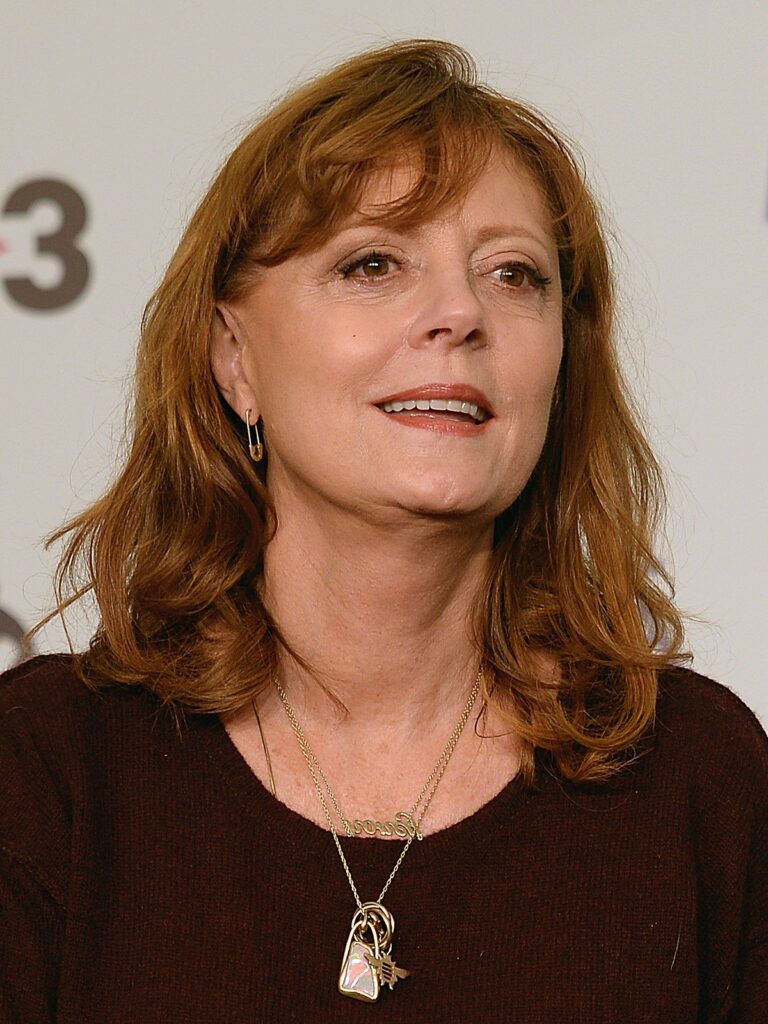
1. **A Cinematic Spark: Meeting on the Set of *Bull Durham***The genesis of Susan Sarandon and Tim Robbins’ legendary relationship unfolded, as it so often does in Hollywood lore, on a film set. It was 1988 when they first crossed paths during the production of *Bull Durham*, a romantic comedy that would not only become a beloved sports classic but also the unlikely crucible for their enduring romance. Susan, already an established star with a formidable body of work, played Annie Savoy, a seasoned baseball fan with a penchant for inspiring minor-league players.
Robbins, then a rising talent, portrayed Ebby Calvin “Nuke” LaLoosh, a promising but erratic baseball pitcher. The film’s plot itself involved a love triangle, with Annie finding herself drawn to both Nuke and the veteran catcher Crash Davis, played by Kevin Costner. This onscreen dynamic, charged with wit and sensual undertones, clearly spilled over into real life, as Sarandon and Robbins found themselves falling for each other amidst the crack of bats and the thrill of the game.
Their immediate chemistry was palpable, signaling the beginning of a profound personal and professional bond. While the film provided the backdrop for their initial connection, it was their shared intellect, their liberal political inclinations, and a mutual respect for each other’s craft that truly cemented their burgeoning relationship. The collaborative environment of filmmaking fostered an intimacy that transcended their roles, laying a sturdy foundation for the partnership that would span more than two decades.
The set of *Bull Durham* wasn’t merely a workplace; it was the site of a serendipitous encounter that would reshape both their lives. It was here, in the midst of cinematic storytelling, that their own real-life narrative began to unfold, an authentic connection blossoming between takes, far removed from the scripted drama. This auspicious beginning hinted at a relationship that, much like the film itself, would prove to be both charmingly unconventional and deeply resonant.
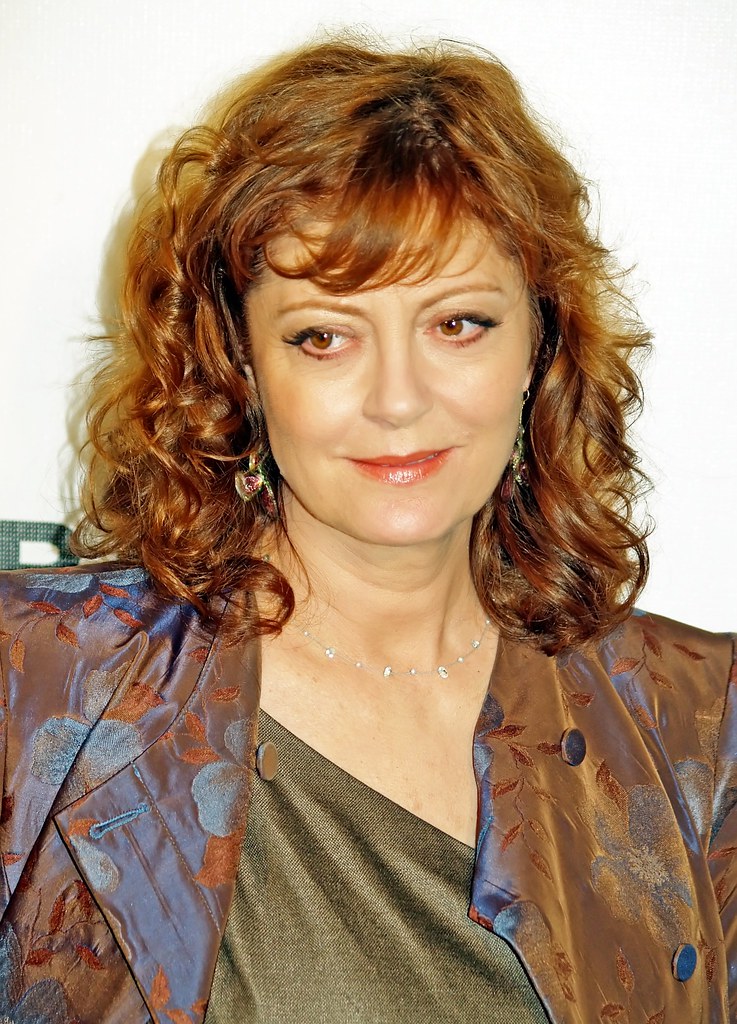
2. **Welcoming Their First Son: John “Jack” Henry Robbins**Only a year after their fateful meeting on the set of *Bull Durham*, Susan Sarandon and Tim Robbins embraced a new chapter in their lives with the arrival of their first son. On May 15, 1989, John “Jack” Henry Robbins was welcomed into the world. This event marked a significant step in their relationship, solidifying their commitment to each other and their growing family, despite their unconventional choice to remain unmarried.
The decision to have children out of wedlock, particularly in the late 1980s within the public eye, was a subtle but powerful statement about their independence and their unique approach to personal relationships. It underscored Sarandon’s long-held skepticism about traditional marital institutions, prioritizing genuine connection and conscious choice over societal expectations. For them, the bond of parenthood was a profound expression of their love, needing no legal decree to legitimize it.
Jack grew up immersed in a household steeped in creativity and activism, naturally drawn to the world his parents inhabited. Following in their illustrious footsteps, he eventually pursued a career in acting and filmmaking, demonstrating the powerful influence of his parents’ artistic vocations. His early arrival underscored the rapid, organic development of Sarandon and Robbins’ partnership, showing a deep and immediate bond that moved swiftly from romance to shared family life.
The birth of Jack was a joyous occasion that cemented their status not just as a couple, but as a family unit. It was a tangible manifestation of their love, a new life bringing a fresh dimension to their already compelling narrative. This early venture into parenthood, without the formalities of marriage, truly highlighted the unique path Sarandon and Robbins were intent on forging together, a testament to their mutual respect and shared values.
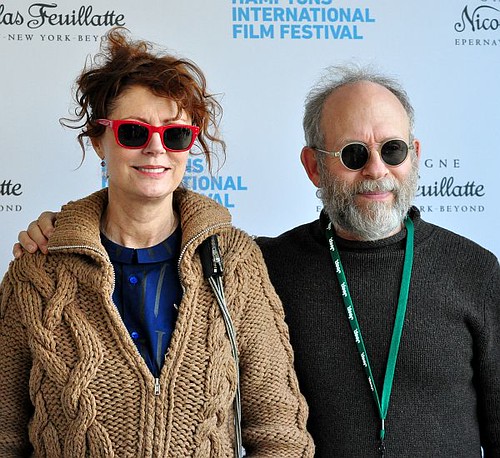
3. **Establishing Roots: Their West Village Home and Views on Matrimony**By 1991, Susan Sarandon and Tim Robbins had further deepened their commitment, choosing to establish a shared home in the vibrant West Village of New York City. Their move together into an apartment in this iconic neighborhood symbolized a domestic consolidation, creating a stable environment for their burgeoning family and their demanding careers. It was a physical manifestation of their intention to build a life together, brick by brick, amidst the bustle of city life.
Despite this deep domestic entanglement and the presence of their son, the couple famously chose not to marry. This wasn’t an oversight or a lack of commitment; it was a deliberate philosophical stance, particularly championed by Sarandon. She articulated her perspective years later, explaining to the Huffington Post in 2011, “I’ve always liked the idea of choosing to be with somebody. I thought that if you didn’t get married you wouldn’t take each other for granted as easily.”
This conviction stemmed from a belief that the absence of a legal contract might foster a more conscious, day-to-day decision to remain together, nurturing a constant awareness of their mutual choice. It was a bold rejection of conventional norms, suggesting that true love and partnership thrive on continuous affirmation rather than institutional obligation. While she questioned in retrospect if this held true after two decades, the sentiment at the time was clear: their bond was self-sustaining and chosen daily.
Their West Village residence became a hub for their family and their intellectual pursuits, a home base from which they launched their individual and collaborative projects. Yet, the lack of a marriage certificate remained a defining characteristic of their union, a public statement about their values. It was a choice that underscored their individuality and their belief in a relationship founded on free will and continuous, unspoken renewal, rather than legal constraint.
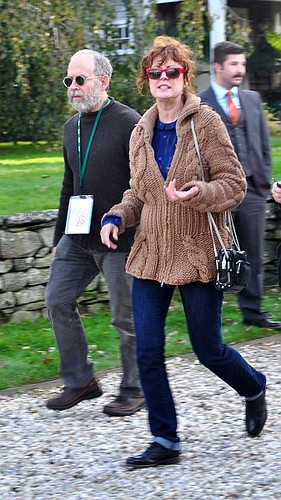
4. **Expanding the Family: The Arrival of Miles Robbins**While settled in their West Village home, Susan Sarandon and Tim Robbins continued to expand their family, welcoming their second son, Miles Robbins, into the world on May 4, 1992. The arrival of Miles further enriched their family dynamic, adding another layer to their already strong, yet unconventional, partnership. With two young sons, their shared commitment to parenthood became an even more central aspect of their lives, alongside their thriving careers.
Miles, much like his older brother Jack, was destined to follow in his parents’ artistic footsteps. He too carved out a career in acting, with notable roles in television series such as *The X-Files* and films like *My Friend Dahmer*. The nurturing environment provided by Sarandon and Robbins, steeped in creative expression and intellectual curiosity, clearly fostered their sons’ talents and passions, guiding them towards similar paths in the entertainment industry.
Prior to her relationship with Robbins, Sarandon also had a daughter, Eva Amurri, with Italian director Franco Amurri. Tim Robbins embraced Eva as his own, with Sarandon recounting on the “Divorced, Not Dead” podcast that Robbins “adored” Eva and treated her as “a bonus daughter.” This inclusive approach to family, blending existing children with new ones, further highlighted the depth of their bond and their capacity for expansive love.
The growth of their family with Miles’s birth underscored the evolving nature of their partnership. It showcased their ability to balance the demands of high-profile careers with the joys and responsibilities of raising children, all while adhering to their distinct philosophies on life and love. Their family, a vibrant blend of biological and chosen bonds, stood as a testament to their deep-seated values and their enduring commitment to one another.
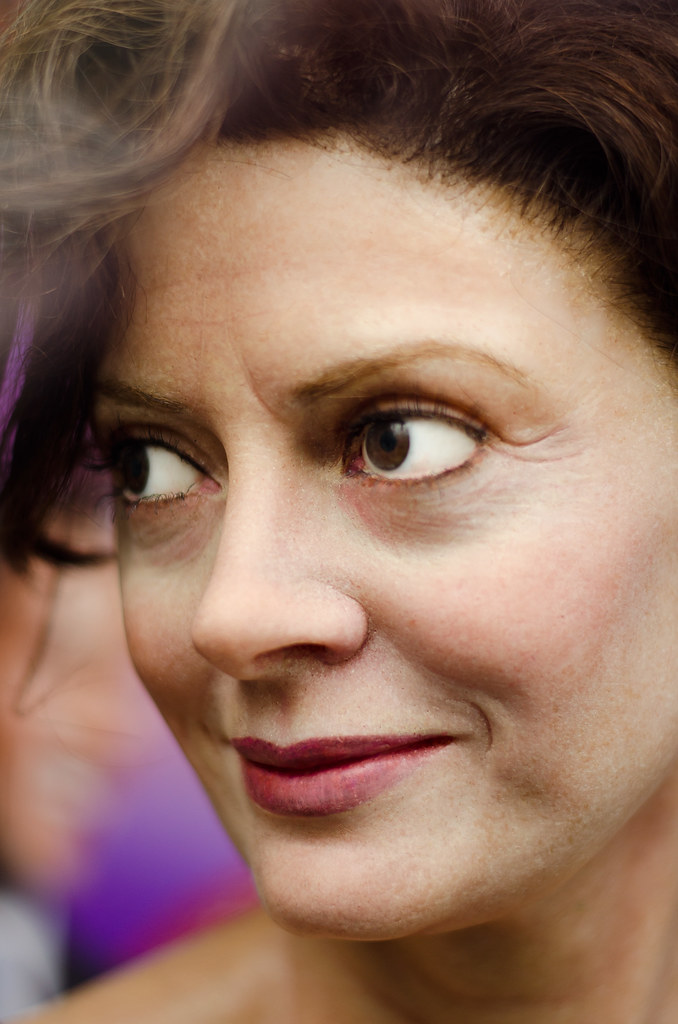
5. **A Shared Platform: Activism and Political Engagement**Beyond their romantic connection and shared family life, Susan Sarandon and Tim Robbins forged an equally powerful bond through their shared commitment to social and political activism. Both deeply ingrained in liberal causes, they leveraged their considerable platforms to advocate for issues they believed in, becoming a prominent voice for progressive change in Hollywood and beyond. Their activism wasn’t merely a sideline; it was an integral part of their identity as a couple.
Their shared political beliefs brought them closer, creating a synergistic partnership where they often appeared together at rallies, protests, and charitable events. They used their fame not for personal aggrandizement but as a powerful tool to speak out on social justice, environmental issues, and human rights. This collective engagement in advocacy demonstrated a profound alignment of values, showcasing their dedication to making a tangible difference in the world.
This shared passion meant their relationship was imbued with a sense of purpose that transcended typical celebrity glamour. They were not just a beloved Hollywood couple; they were partners in a broader mission, their public persona often intertwined with their unwavering stances on contentious issues. Their ability to unite both personally and politically reinforced the image of a truly formidable and principled duo, earning them admiration from many corners.
The depth of their political conviction and their willingness to be outspoken often put them in the media’s gaze, but they rarely shied away from using their voices. This aspect of their relationship illustrated a profound intellectual and moral compatibility, proving that their connection was built on more than just superficial attraction. It was a partnership rooted in a shared vision for a better world, a dedication that further solidified their bond and amplified their collective impact.
Read more about: Mastering the Craft: A Comprehensive Guide to Common’s Diverse Career and Enduring Impact

6. **Sarandon’s Enduring Skepticism: Lessons from an Early Marriage**Susan Sarandon’s resolute stance against marrying Tim Robbins was not a capricious decision but a deeply informed philosophical position, shaped significantly by her early experiences with matrimony. Her first marriage, to Chris Sarandon, occurred when she was just 17 and a student at the Catholic University of America. She candidly revealed that the union was largely born out of circumstance rather than deep desire.
“I was in college at 17,” Sarandon recalled, explaining, “We kind of eventually dated. Eventually, my first ual experience. I was so grateful. I decided to get married, and only because we would’ve gotten kicked out of school.” This pragmatic, rather than romantic, impetus for marriage clearly left a lasting impression, imbuing her with a lifelong skepticism towards the institution. She admitted, “I never wanted to get married the first time.”
After seven years, the couple “decided to mutually move on” in 1979, though Susan famously retained his surname. The experience, as she further explained, led her to quickly realize that a traditional union wasn’t suitable for her. “I wasn’t interested in it,” she said of marriage, fearing “losing your identity. When you become a couple [it’s] so easy to have happen.” This fear of identity dissolution deeply influenced her later relationship choices.
Her past served as a crucial blueprint for her future. Having learned the pitfalls of what she perceived as identity-eroding matrimony, Sarandon approached her relationship with Robbins with a fierce commitment to individuality and conscious choice. This foundational experience explained why, despite over two decades and two children, she never felt the need to formalize her bond with Tim Robbins with a marriage certificate, preferring a relationship built on continuous, freely chosen affirmation.
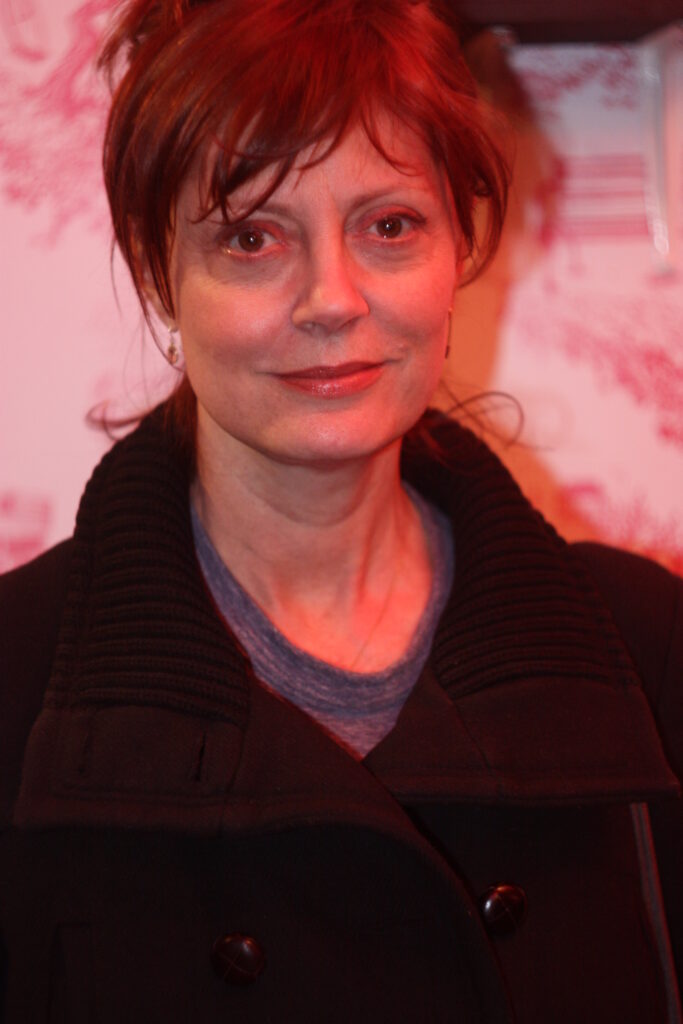
7. **The Unsettling Announcement: The End of a 23-Year Partnership**In December 2009, the entertainment world collectively paused as news broke of the separation of Susan Sarandon and Tim Robbins. After 23 years, a partnership that many had come to view as an unshakeable bastion against the transient nature of Hollywood romance, was quietly declared over. The announcement, delivered through a statement from Sarandon’s team, simply stated that “Actress Susan Sarandon and her partner of 23 years, actor Tim Robbins have announced that they separated over the summer.” This brief declaration sent shockwaves through their devoted fanbase and the broader media, marking the end of an era for one of Tinseltown’s most admired, and indeed, most unconventional couples.
The public’s immediate reaction was a blend of disbelief and fervent speculation. Tabloids and journalists, ever eager to dissect celebrity heartbreaks, buzzed with theories about what could have precipitated such a “brutal end.” Initial rumors quickly circulated regarding Sarandon’s potential involvement with film producer Jonathan Bricklin. However, a representative for Sarandon swiftly moved to deny any romantic entanglement, clarifying their relationship at that time as “strictly a business one.” The sheer intensity of the media’s focus underscored just how deeply Sarandon and Robbins had embedded themselves in the cultural psyche as a symbol of enduring, if unorthodox, love.
Their split became an instant “talking point in celeb circles,” echoing the intense scrutiny given to other high-profile breakups. It was a stark reminder that even the most seemingly stable relationships, particularly those lived under the unrelenting glare of public scrutiny, are susceptible to the tides of change. For those who had championed their partnership as a refreshing alternative to traditional celebrity unions, the news was a profound disappointment, signifying the closure of a remarkable chapter in Hollywood’s narrative of love and companionship.
Sarandon herself later confessed the immense personal impact of the separation. Reflecting on the period, she told The Telegraph in 2010 that she had not necessarily been happy to part ways with Robbins. “People were coming up to me in the street and saying, ‘I cried and cried when I heard.’ Well, I was sadder!” she declared, articulating a very human and relatable sorrow. “I didn’t think it would ever happen, either,” she admitted, revealing the deep sense of loss that accompanied the unraveling of such a significant portion of her life.
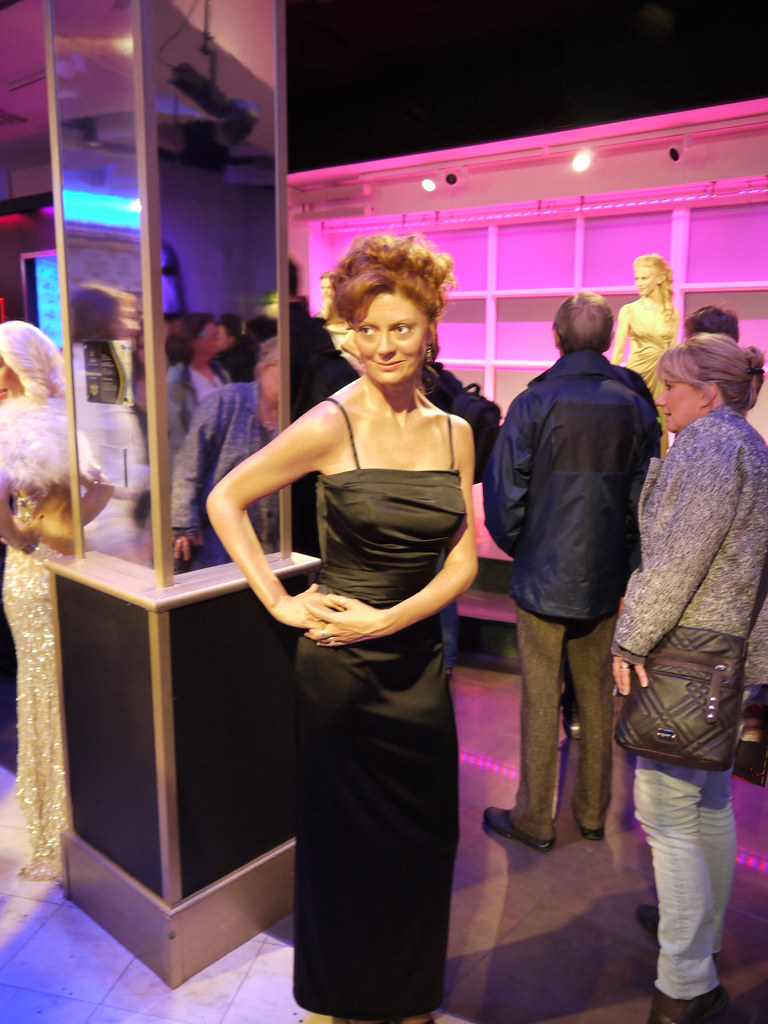
8. **A Broadway Catalyst: Sarandon’s Existential Reckoning**While the public grappled with the news, Susan Sarandon offered a rare glimpse into the personal crucible that contributed to their separation, pointing to her 2009 Broadway stint in “Exit the King” as a profound turning point. The play, an “absurdist drama” written by Eugene Ionesco, delves into the final day of King Berenger I, who, amidst a decaying kingdom, grapples with his own mortality and slowly accepts its inevitability. Starring in this comedic yet deeply philosophical role forced Sarandon to confront universal themes of life, death, and authenticity.
For Sarandon, a woman who candidly admitted that “the only thing I’m really afraid of is death,” immersing herself in a production that meditated so intensely on mortality proved to be a game-changer. It was not merely a performance; it was an existential journey that compelled her to reassess her own life’s trajectory and the foundational elements of her closest relationships. The weight of the play’s themes resonated deeply, sparking an internal dialogue that would inevitably extend to her long-standing union with Tim Robbins.
She articulated this transformative realization to AARP the Magazine in 2014, explaining, “You can’t do a meditation on death and stay in a situation that’s not authentic.” This profound statement laid bare the essence of her introspection: the powerful impetus to align her outer life with her inner truths. The immersive experience of confronting mortality on stage shone a harsh, yet illuminating, light on aspects of her life and her union that she felt needed reevaluation.
This period of intense self-reflection, spurred by the demands of the play, “made me examine where I was in my union and in my life, and to have discussions about making changes,” Sarandon revealed. These “discussions” with Robbins, likely spurred by her newfound clarity and a desire for genuine alignment, became the “catalyst that sparked Sarandon and Robbins’ to arrive at the conclusion that their relationship had run its course.” It was a powerful testament to how art can not only imitate life but actively reshape it, leading to profound personal shifts and, ultimately, a significant change in a celebrated partnership.
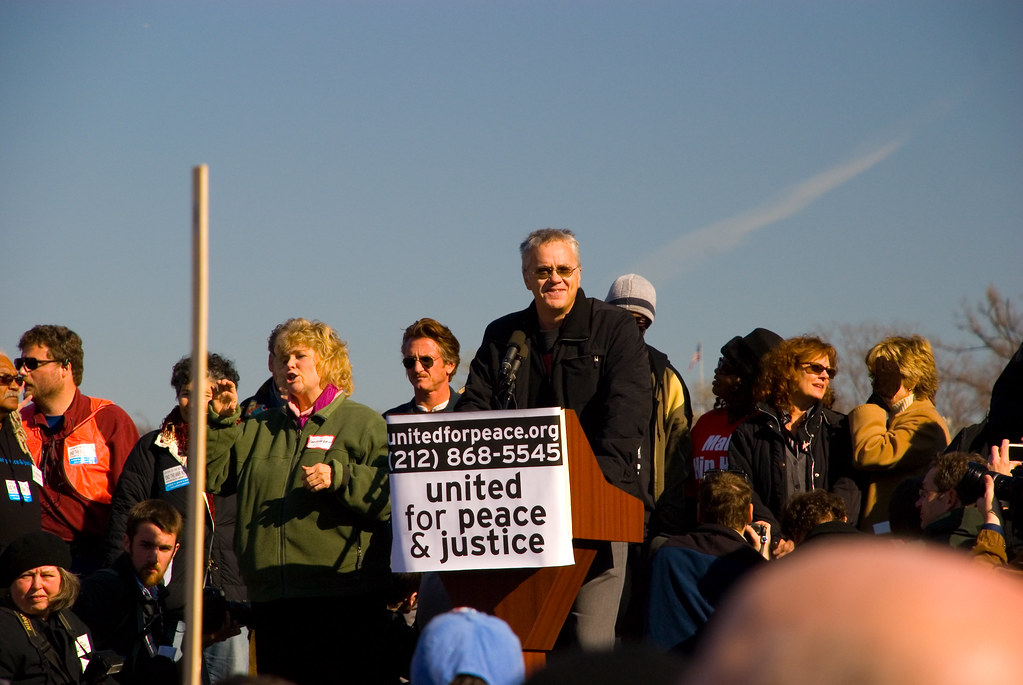
9. **The Intricacies of Connection: Jealousy, Identity, and the Unconventional Bond**Beyond the existential shift prompted by a Broadway role, the intimate dynamics of their unique partnership harbored its own set of complexities. Susan Sarandon revealed a particularly poignant facet of their life together on the “Divorced, Not Dead” podcast: Tim Robbins harbored significant jealousy, particularly concerning her deep bond with their sons. She explained that Robbins “was very jealous, really jealous of the boys,” attributing “part of it… because he didn’t have a close relationship with his mom.” This raw insight offers a more intimate understanding of the emotional landscape of their shared home, where an actor’s personal history subtly shaped his reactions to the family unit they had so consciously built.
The complexities of this jealousy were further compounded by the nature of their shared profession. As two prominent actors, their lives were constantly under the public’s gaze, a factor that Sarandon acknowledged could add strain. While noting that a shared career works “assuming that they’re not competitive,” she posed a rhetorical question that illuminated the subtle challenges: “Do you feel bad when they come and ask you for an autograph and not him?” This hint at potential professional rivalry, or at least an imbalance in public recognition, underscores the intricate dance of egos and identities that even the most grounded celebrity couple must navigate.
Moreover, Sarandon’s long-held philosophical reservations about marriage, rooted in her first union, continued to influence their relationship’s framework. Her conviction that eschewing a legal contract would prevent them from “taking each other for granted” was a cornerstone of their unconventional bond. She believed this deliberate choice would foster a continuous, conscious affirmation of their partnership, rather than allowing it to stagnate under the weight of institutional obligation. This was a bold assertion of individual agency within a committed relationship, a testament to her fierce independence.
Yet, even Sarandon, with her deeply considered approach, began to question the efficacy of this philosophy after two decades. “I don’t know if after twenty-something years that was still true,” she conceded to The Telegraph, hinting that despite their best intentions, the natural wear and tear of a long-term union might have subtly eroded the very intentionality she sought to preserve. Her later musings on the importance of “constantly reevaluated and talked about” relationships, and the provocative idea that “marriage contracts should be renewed every five years” to prevent complacency, underscore a growing awareness that sustained effort, beyond the mere absence of a certificate, is crucial for an enduring connection. These nuanced reflections suggest that a combination of deep-seated emotional patterns and the inherent challenges of prolonged intimacy eventually contributed to their parting.
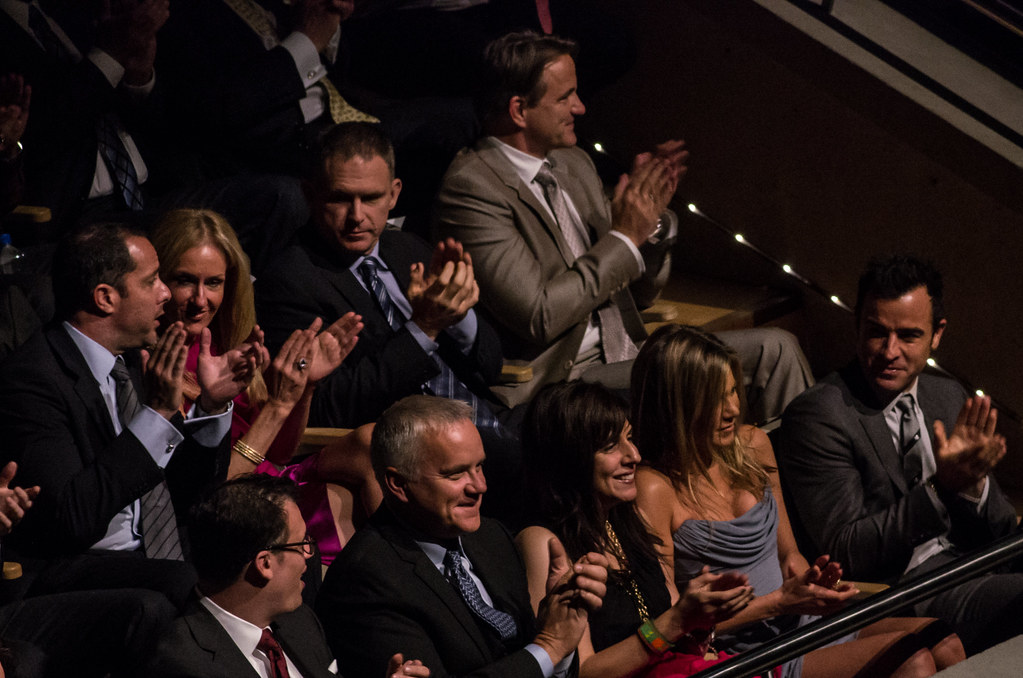
10. **After the Curtain Falls: Susan Sarandon’s Unwavering Radiance**In the wake of her separation from Tim Robbins, Susan Sarandon’s formidable career showed no signs of dimming; rather, she continued to captivate audiences with her versatile talent. As one of Hollywood’s most respected actresses, her post-2009 filmography became a testament to her enduring appeal and her commitment to diverse roles. She graced the screen in acclaimed features such as *The Meddler* (2015), where she earned praise for her poignant portrayal, and demonstrated her comedic prowess in films like *The Big Wedding* (2013) and *A Bad Moms Christmas* (2017). Her consistent presence in varied projects solidified her status as a powerhouse performer, proving that her artistic flame burned as brightly as ever.
Her personal life, while no longer intertwined with Robbins, also remained a subject of public interest. Sarandon engaged in a high-profile romantic relationship with filmmaker and businessman Jonathan Bricklin, who was 31 years her junior. Their connection evolved from the initial “business one” into a romantic partnership that lasted several years, during which they even embarked on an intriguing entrepreneurial venture, establishing a chain of ping-pong lounges. This period showcased Sarandon’s adventurous spirit and her willingness to explore new chapters, both personally and professionally, though the relationship ultimately concluded in 2015.
Beyond her acting roles and romantic endeavors, Sarandon maintained her unwavering commitment to social and political activism, a core tenet of her public identity. She continued to leverage her prominent platform to advocate passionately for a multitude of causes, including women’s rights, LGBTQ+ rights, and environmental justice. Her consistent vocal engagement and involvement in various charities, particularly those supporting children and healthcare, underscored that her principles remained steadfast. Sarandon’s journey post-Robbins was not merely about career and romance; it was a continuation of her life as a principled, influential cultural icon, actively shaping the world around her.
Indeed, her more recent work, such as her compelling role in the hit television series *The New Pope* (2020), further cemented her legacy. Her ability to consistently evolve and remain relevant in a dynamic industry speaks volumes about her talent and adaptability. Susan Sarandon, in every facet of her life after the split, demonstrated an inspiring resilience and an unwavering commitment to her craft and her convictions, continuing to thrive as an influential voice in Hollywood and beyond.

11. **Tim Robbins’ Quiet Resurgence: Directing, Acting, and a Prized Privacy**In the years following his separation from Susan Sarandon, Tim Robbins charted a distinct course, one marked by continued professional excellence and a profound commitment to personal privacy. While Sarandon embraced a more public romantic life, Robbins largely retreated from sharing the intimate details of his post-split experiences, preferring to let his work speak for itself. His formidable talent, honed over decades, ensured his continued presence in both film and television, with notable roles that further enriched his already impressive acting repertoire.
Robbins, much like Sarandon, extended his creative reach beyond acting, finding considerable success and critical acclaim in his directorial endeavors. His 2015 film *The Lucky Ones* garnered significant praise, showcasing his nuanced storytelling abilities behind the camera. This continued engagement in directing, alongside his acting commitments, highlighted his multifaceted artistic vision and his enduring influence within the industry. He consistently sought out meaningful roles and projects, embodying his dedication to craft and substance over mere celebrity.
His approach to life after the split was deeply rooted in his long-held philosophy of guarding his private world from external pressures. Robbins explicitly stated his “secret to happiness” as “not letting the outside world in.” He emphasized the importance of disengaging from external forces that seek to define one’s interests, prioritizing an internal compass. “The most important thing is not to let outside forces determine your interests,” he told AARP, revealing a man who consciously cultivated a quiet, protected space for himself amidst the public clamor. This dedication to privacy became an even more defining characteristic of his public persona in the years that followed the highly publicized breakup.
While his romantic life was largely kept out of the headlines, the context does mention a brief relationship with actress and musician Catherine Keener, with whom he reportedly split in 2017. However, Robbins’ general sentiment remained consistent: a deep reluctance to discuss his personal relationships publicly, viewing such discussions as neither interesting nor insightful. This unwavering commitment to a private existence, while continuing to make significant contributions to cinema and activism, defined Tim Robbins’ journey after the conclusion of his iconic partnership with Susan Sarandon. His path became a powerful affirmation of the choice to live authentically, on his own terms, away from the relentless demands of celebrity exposure.
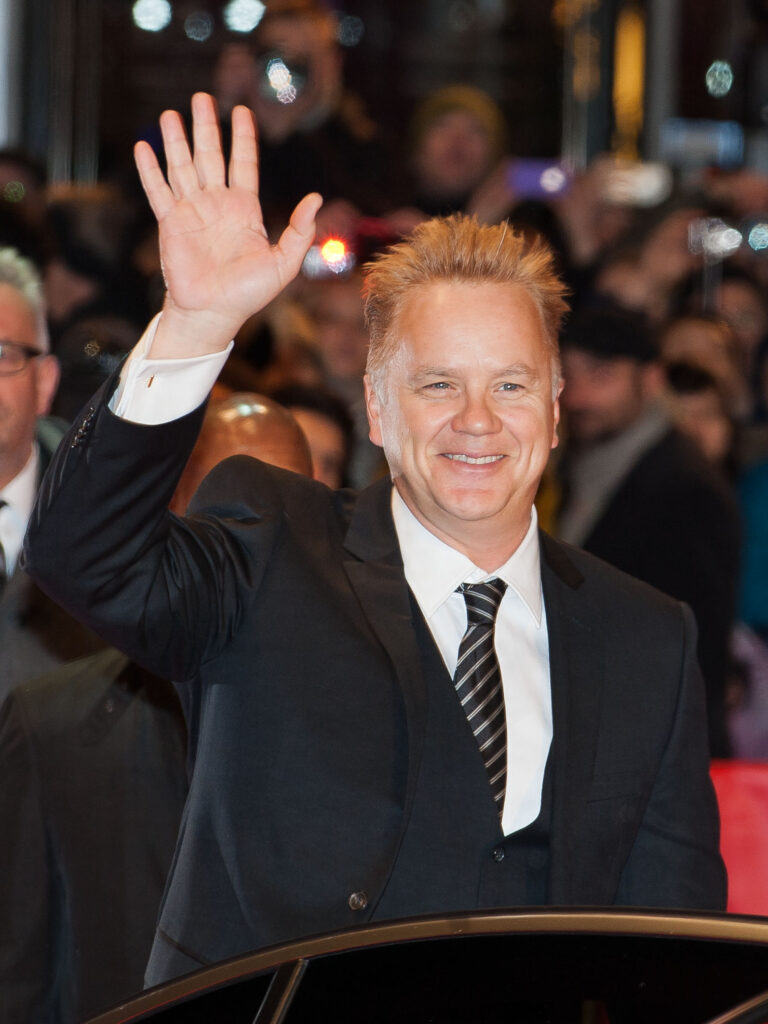
12. **The Enduring Tapestry: A Legacy Forged in Love, Loss, and Shared Humanity**Despite the sadness and speculation that surrounded their separation, the narrative of Susan Sarandon and Tim Robbins did not culminate in bitterness or recrimination. Instead, their story evolved into a compelling testament to mutual respect and the enduring bonds forged through shared parenthood. Both actors consistently emphasized their continued friendship and their unwavering commitment to co-parenting their sons, Jack and Miles, prioritizing their children’s well-being above any personal differences that may have led to their parting. This civilized approach to a high-profile split offered a refreshing counter-narrative in Hollywood’s often tumultuous landscape of celebrity divorces.
A particularly heartwarming moment for fans occurred in 2017, nearly eight years after their separation, when Susan and Tim were seen together in Venice, California. They shared a dinner with their son Jack and two other family friends, a quiet reunion that was captured by the media. While it was not a sign of rekindled romance, this public sighting symbolized a profound unity and continued affection, showcasing that even after the end of their romantic relationship, a deep connection and shared history persisted. It was a powerful visual affirmation of their ability to navigate post-separation life with grace and warmth.
Tim Robbins, in a rare public sentiment about their time together, succinctly encapsulated the profound impact of their shared journey. When asked about his favorite film, he declared *Bull Durham* to be unequivocally so, “because it’s where I met Susan and a family came out of that for me.” This statement, offered years after their split, underscores the enduring significance of their initial encounter and the family they lovingly built. It speaks to a deep, lasting appreciation that transcends the eventual ending of their romantic involvement, acknowledging the immutable gifts of their shared past.
Sarandon, for her part, viewed the breakup not as a failure, but as “an opportunity to grow.” She articulated a pragmatic yet hopeful perspective on navigating such profound personal shifts, stating, “You need your girlfriends, you need to take long, long walks until you’re exhausted and no longer freaking out and you hold on until a new dawn. Then you get another chance.” This reflection speaks volumes about her resilience and her philosophy of continuous self-evolution, even through traumatic experiences. Her insight that “long-term relationships need to be constantly reevaluated and talked about” serves as a poignant, perhaps belated, wisdom gleaned from the very union that shaped so much of her adult life.
Read more about: John Amos: Celebrating the Enduring Legacy of a Groundbreaking Actor and Cultural Icon
The story of Susan Sarandon and Tim Robbins, therefore, is more than just a chronicle of a celebrity romance; it is a rich, multifaceted exploration of partnership, personal growth, and the complexities of human connection. Their unconventional approach to commitment, their shared activism, their candid reflections on love and loss, and their ability to forge a respectful post-separation dynamic continue to resonate. They remain, both individually and in the collective memory of their union, cultural icons whose journey offers enduring lessons on authenticity, resilience, and the ever-evolving nature of love. Their legacy is not merely in the duration of their relationship, but in the profound depth and conscious choices that defined it, leaving an indelible mark on Hollywood and beyond.

